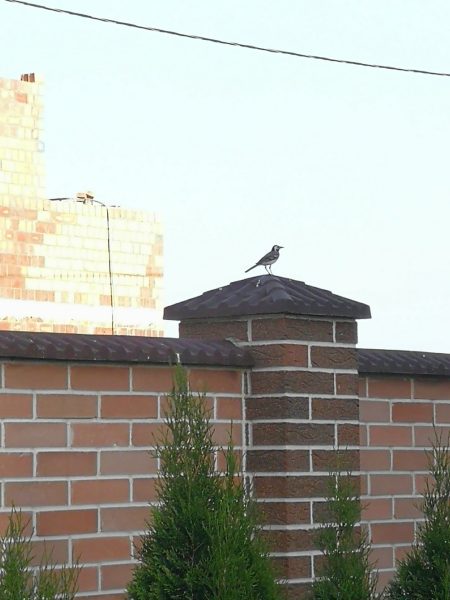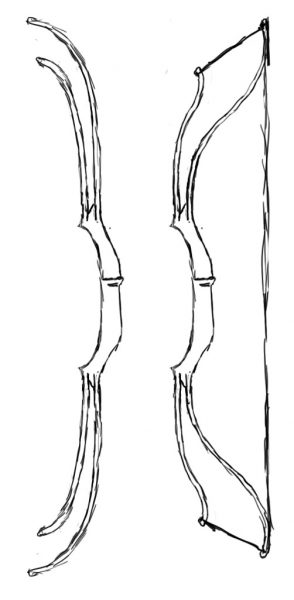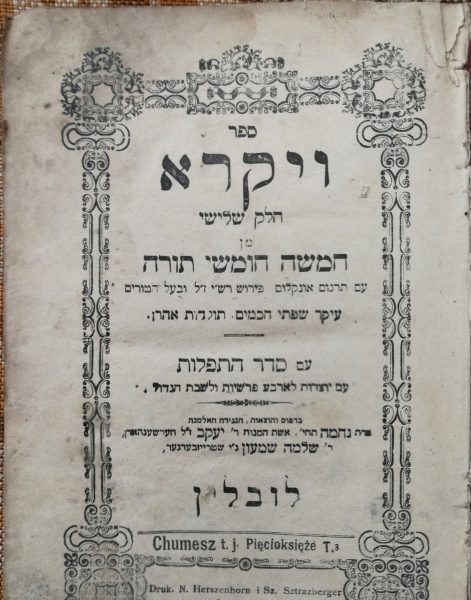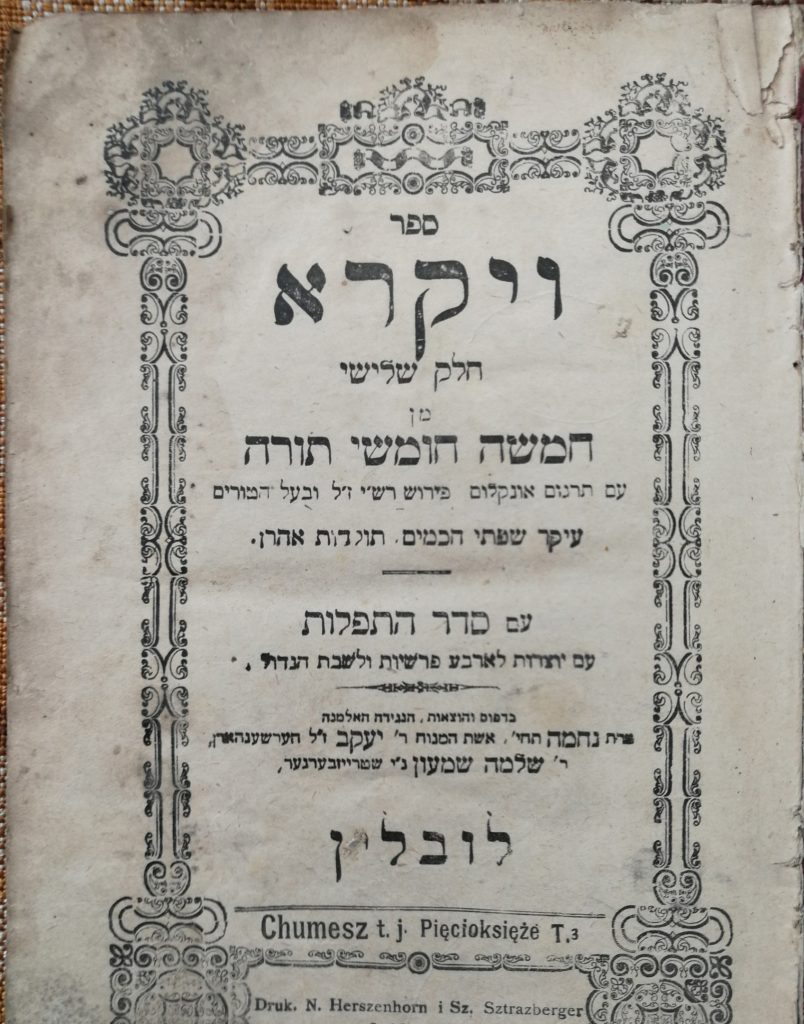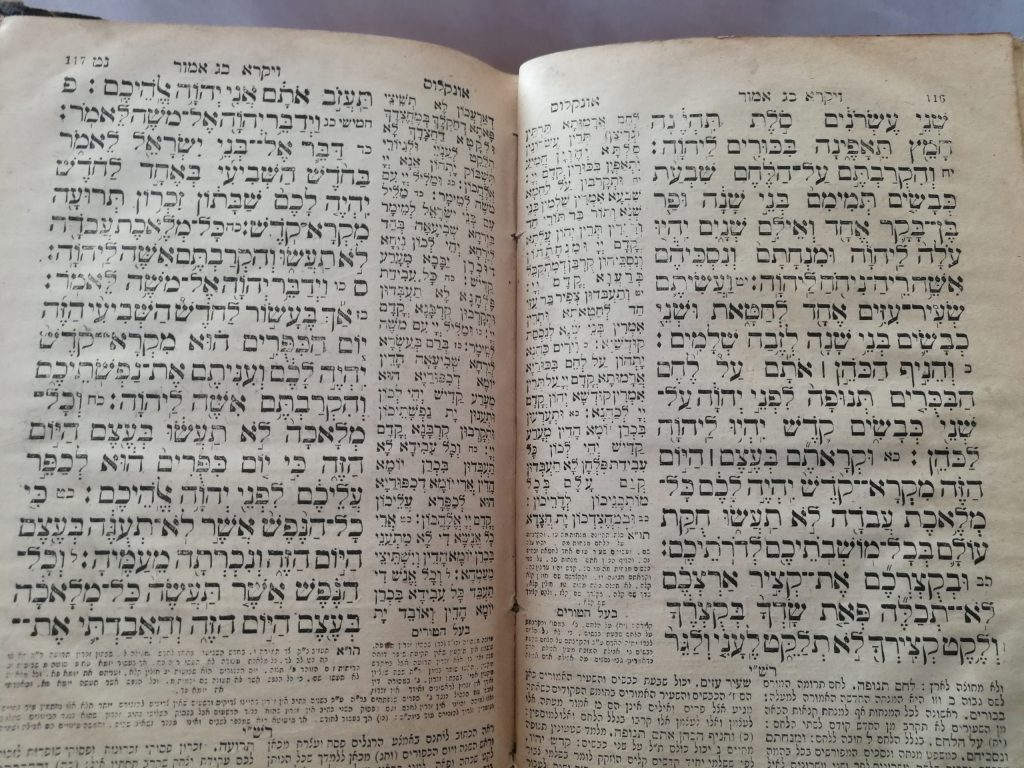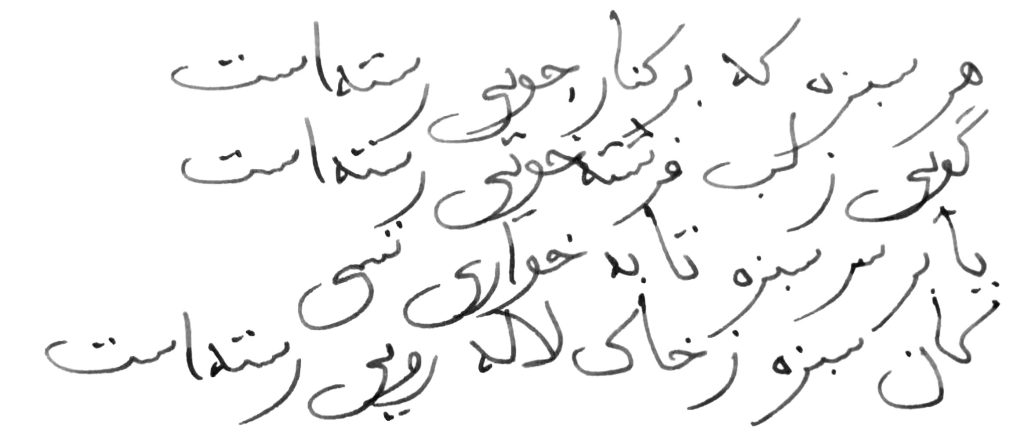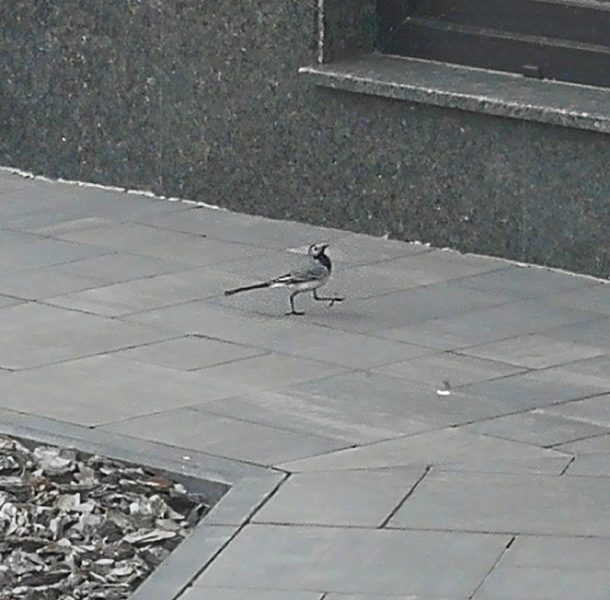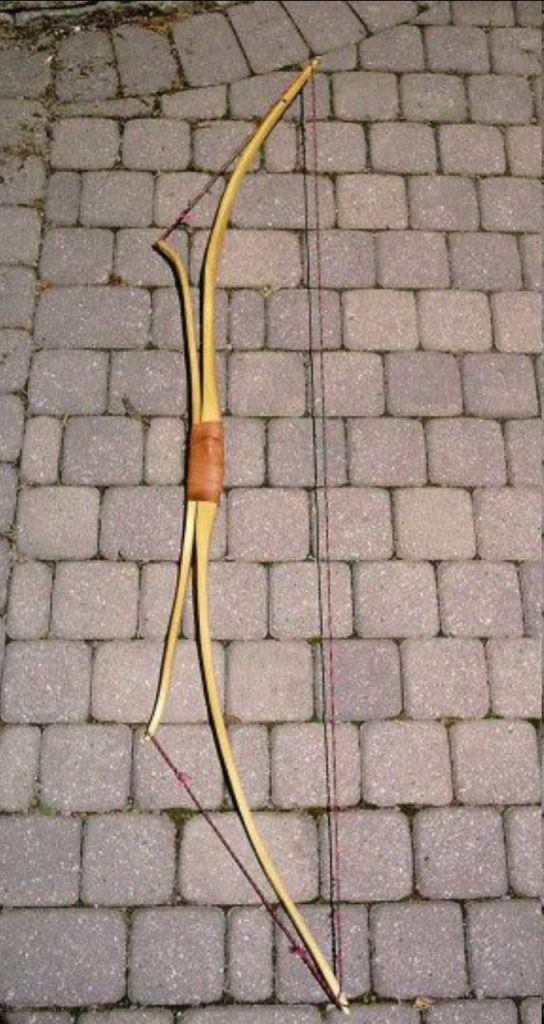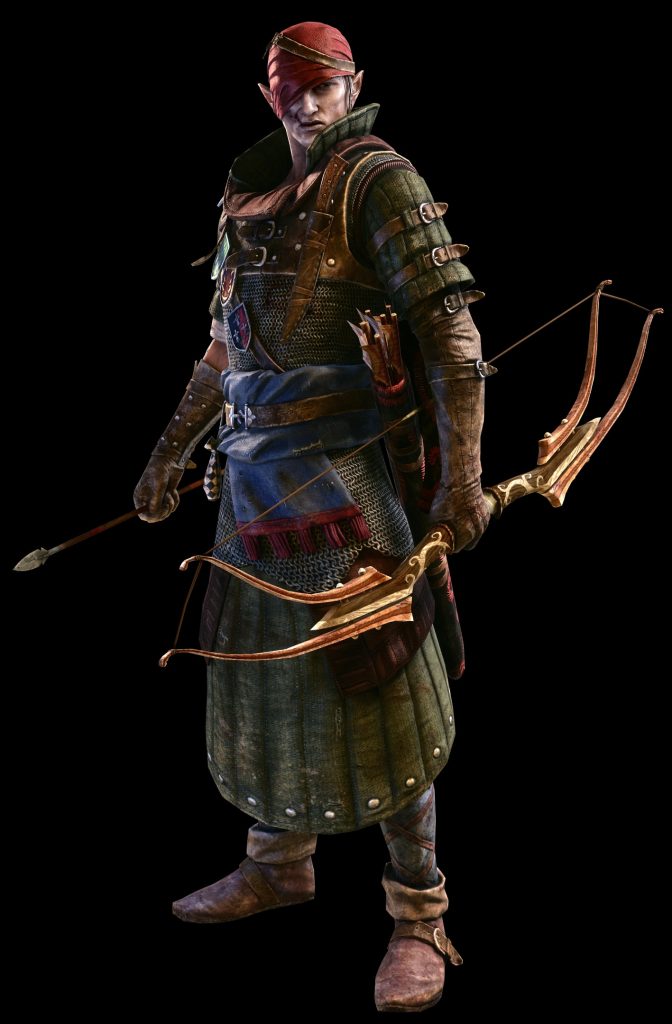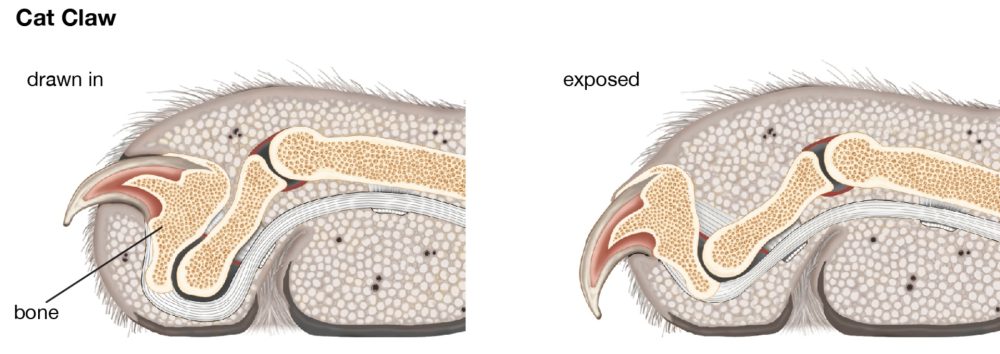We just thought that we haven’t had any interesting documents for a long time - so here we go. A certain song in Proto-Digitian, apparently; but that’s not the point. Its text is maddeningly reminiscent of modern Duat An Hini A Garan (“The One I Love”) and fits perfectly with her own rhythm. Here is the text of our find (in the spelling I came up with on my knee):
O hennọ carwydho, cynti bychi trėvi,
Pan oydhemm oncwsson, ad ėnni gilydhi.
Men calonọ cėrėd, cėrėd onid unọn;
Pan oydhenne bychoh, 'n trėvi garwydho hennọh.
O hennọn carwydho colltw-mi wor vython,
Maghew aythydh pellon, a ne dhowhwlọd edwon.
A sylli: canw-mi, canw heb-diwėdhi,
A sylli: canw-mi, di garwydho hėnni.
O hennọ carwydho un-didhi me leyssydh,
Ayth di vrœghym pellam, brœghyn ne gonwynnwydh.
Ayth di vrœghym pellam, di arwraghon varon.
Un-didhi hi colltw-mi, carwydho hennọn.
Translation:
Oh, the one I love, before, little ones, at home,
When we were close to each other.
My heart loves, loves only one;
When I was little, in the house of the one I love.
Oh, the one I love, I lost forever,
It so happened that she went far away and would never return.
Look, I’m singing, I’m singing endlessly,
Look, I'm singing to the one I love.
Oh, the one I love, you left me one day
Gone to distant lands, a land I don’t know.
She went to distant lands to earn bread.
One day I lost her, the one I love.
And finally: two of my favorite performances of this very An Hini A Garan — plus, I tried to sing the first verse of our find. The quality is so-so, sorry =D

